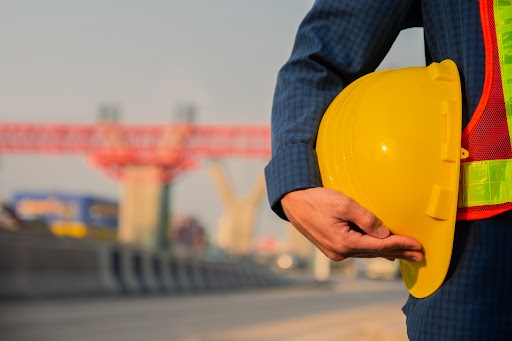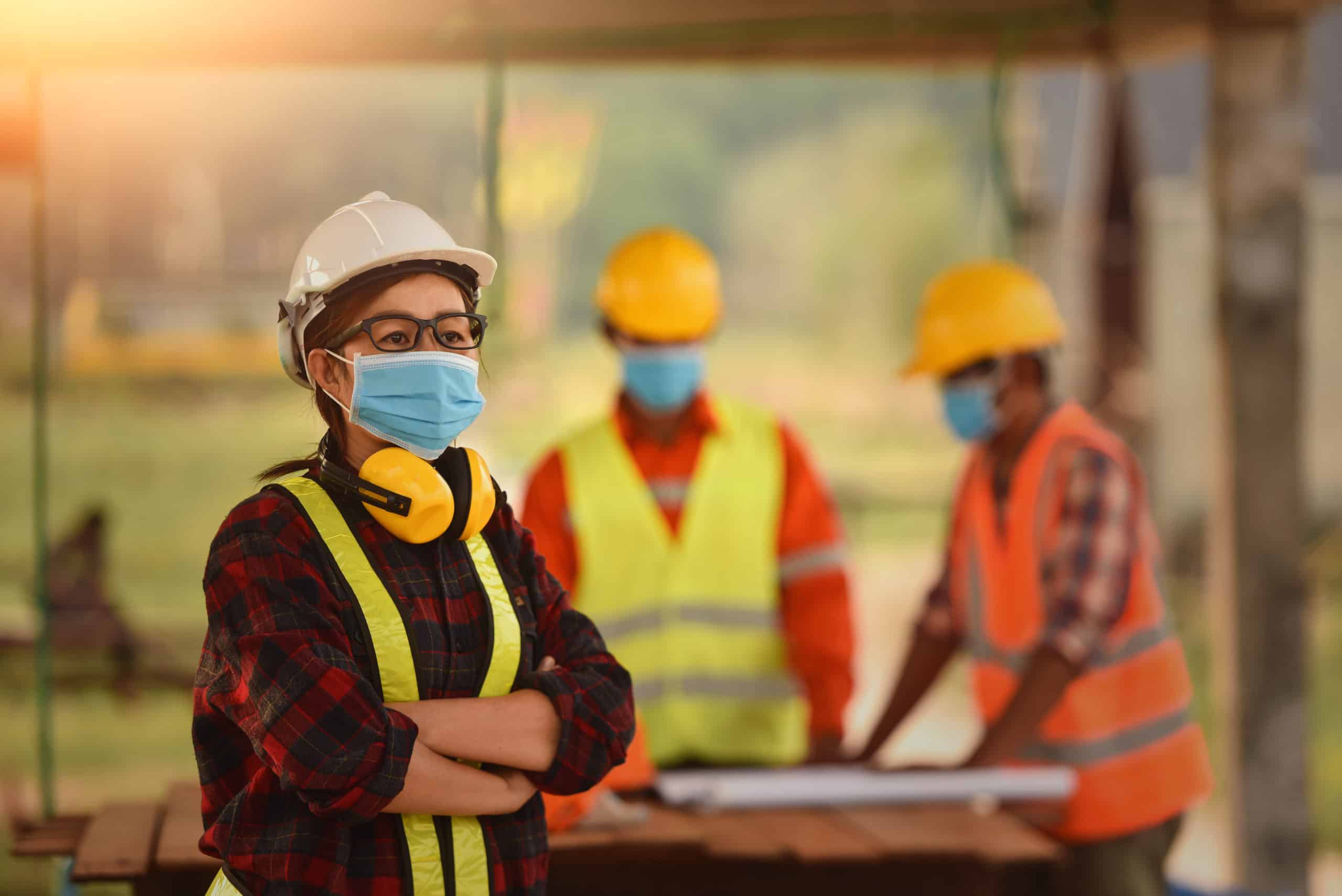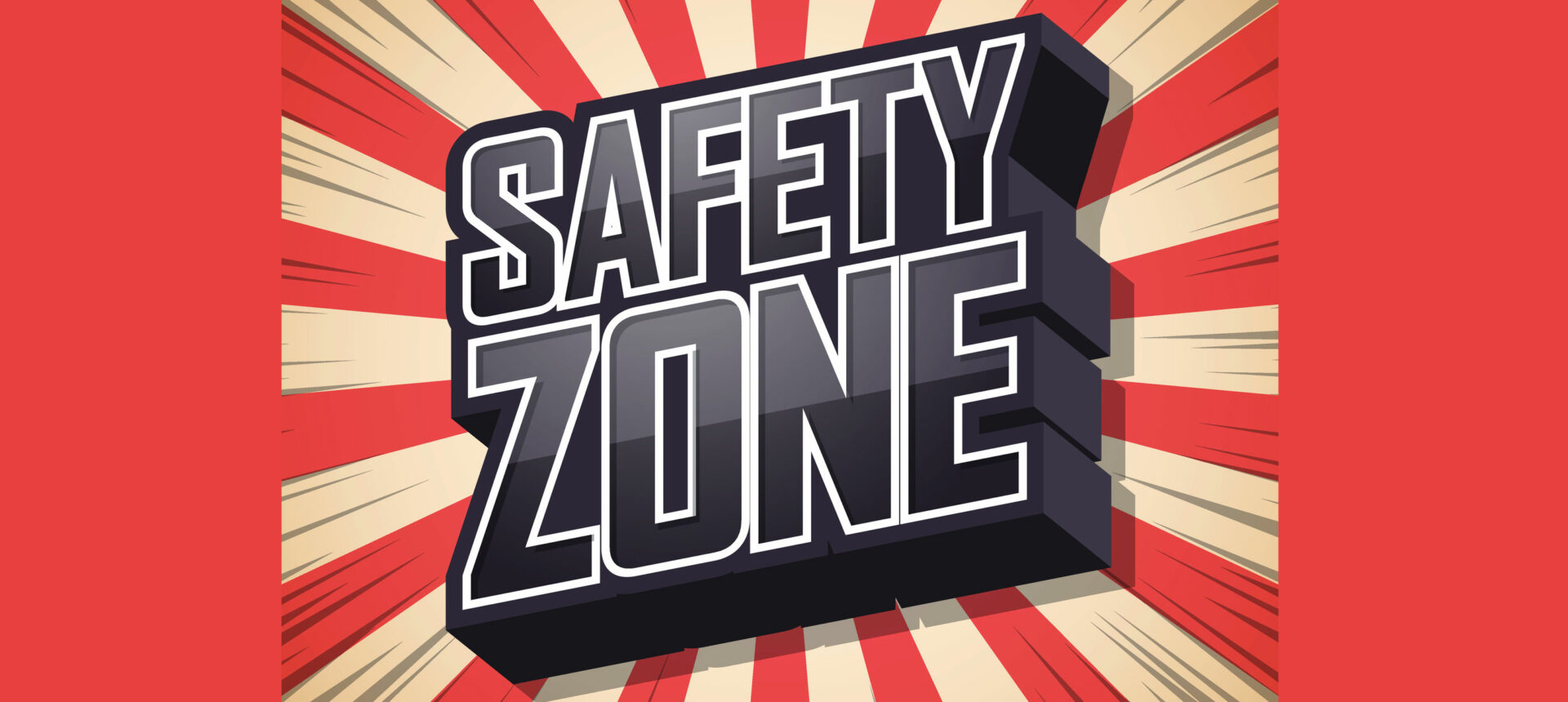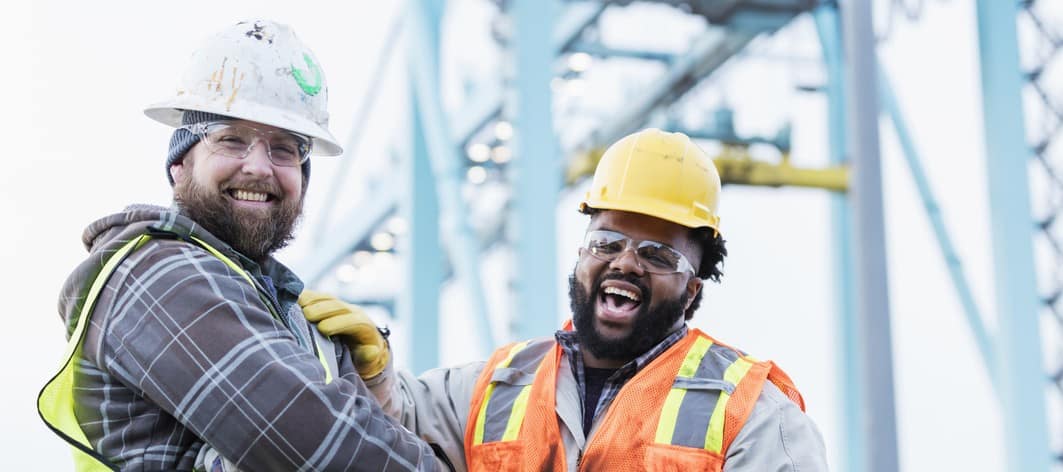Silo-ism and Safety
Sure, it’s true…you can’t rebuild.
But what’s even more true?
You’re not willing to tear it down in the first place.
It’s tough to build a safer, stronger future unless you understand the past. And during National Safety Month 2025, here’s something worth chewing on: people are retiring at record rates, and when their experience walks out the door without being passed down, safety incidents don’t just rise—they spike like someone dropped a nail gun.
A 2023 report from the National Safety Council and EHS Today highlighted that 40% of workplace safety professionals were eligible for retirement within the next five years. And in sectors like construction and manufacturing, the lack of structured knowledge transfer has been directly linked to increases in injury and fatality rates among newer workers. Additionally, 28% of the overall workforce in those industries will retire by 2031.
Here’s the hard hat truth:
Experience that’s not shared becomes a hazard.
When safety knowledge lives in silos… or worse, in someone’s head who’s about to buy an RV and vanish into Arizona…we lose the very thing that could’ve prevented the next incident.
A strong safety culture isn’t just about policies and posters.
It’s about relationships. It’s about trust. It’s about pulling the next generation into conversations instead of leaving them out of the loop. And it’s about transparency…warts, scars, and all.
We’re already seeing it: seasoned employees leave, and suddenly we have equipment misuse, shortcuts, and the return of “that’s how we’ve always done it,” which is the workplace version of famous last words.
Why? Because those crucial mentoring relationships between veterans and rookies are not in place. And where there’s no relationship, there’s no transfer. And where there’s no transfer, there’s trouble.
Two Top Tips
- Every employee near retirement age should consider themselves an official mentor to the people who will inherit their responsibilities, kind of like a retirement party with homework.
- Identify the most important information that should be passed on and figure out the best way to transfer that information (then double-check they actually get it… not just nodding like they do when IT shows up).
Let’s be clear: safety is a team sport.

The caveman that went to fight the Saber-toothed tiger by himself is not our ancestor.
Yeah… that guy’s a fossil now.
We’re descended from the team who said, “Let’s make a plan, flank the thing, and bring it down without losing any more cousins.”
Safety has always been about cooperation across generations.
So, as we move into the future, let’s make sure the past comes with us…not just as a cautionary tale, but as a survival guide. Tear down the silos. Build up the connections. And remember: the most dangerous thing on a job site isn’t always the machinery, it’s what we didn’t teach.










